The connected XD1+ Personal Dust Monitor and Reactec cloud-based analytics platform has arrived. The Reactec Analytics platform brings exposure data from the XD1+ to life by delivering real-time updates from individual workers and tracking respirable data to determine where the highest concentration of harmful dust exists in your workplace.
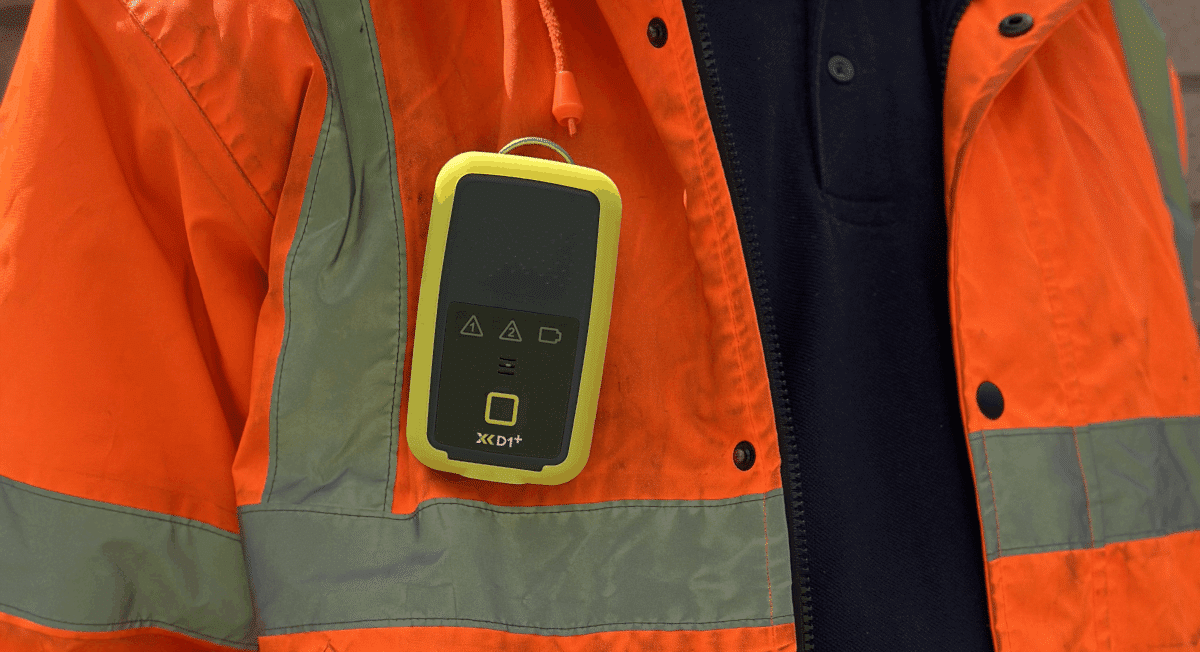
With no filters, pumps, tubes, or replaceable parts, the XD1+ Personal Dust Monitor is one of the most compact, lightweight, and easy-to-use real-time personal dust monitors on the market. For such an accurate and reliable unit, it is also essential to be able to access and easily understand the data which the XD1+ is picking up, minute by minute.
Reactec’s cloud-based analytics platform brings XD1+ exposure data to life by delivering real-time updates from individual workers to remote supervisors, whilst tracking respirable data, to determine where the highest concentration of dust exists in your workplace.
With the support of Reactec’s Ecosystem, the XD1+ is transformed into a connected, personalised dust monitoring device that shares invaluable data insight to key stakeholders and figureheads. The XD1+ is integrated into the Reactec Ecosystem using the Reactec RASOR device as an IoT Gateway to Reactec’s powerful A=nalytics software.
By simply connecting your XD1+ unit to the Reactec Analytics platform you are able to:
Congratulations to the New South Wales Government for the foresight and resolution in driving through new legislation to protect workers from the hazards of silica, coal dust, and diesel particulates.
Speaking to Australian Mining, the state’s Deputy Premier and Minister responsible for resources John Barilaro said, “The decision to fast-track these more stringent standards for coal dust exposure was an easy one and is a great example of mine workers, mine operators and government working together to ensure we have robust frameworks in place to address this insidious disease.”
The legislation, which took effect from July 1st 2021, is hugely ambitious too. The legal exposure limit to respirable coal dust was reduced from 2.5 to 1.5 mg/m³ and respirable crystalline silica from 0.1 to 0.05 mg/m³. A new diesel exposure standard of 0.1 mg/m³ commenced 1 February 2021.
Compare the New South Wales Government’s to recent legislation in other parts of the world, and you can see how progressive the New South Wales Government has been. For example, in the United States where OSHA reduced the respirable crystalline silica permissible exposure limit (PEL) affecting the construction, manufacturing, and fracking industries from an allowable average of 250 micrograms per cubic meter of air over an eight-hour shift to 50 micrograms per cubic meter.

In the UK, respirable crystalline silica (RCS) control measures need only be effective in keeping exposure below the Workplace Exposure Limit (WEL) at the old NSW level of 0.1 mg/m³ respirable dust, averaged over eight hours.
With efforts underway to determine whether these levels might be made even more stringent, the good work is clearly an ongoing priority.
As The New South Wales Resources Regulator says in its compliance priority January-June 2021 report. ‘With the implementation of the revised exposure standards for silica and respirable dust, and a new exposure standard for diesel exhaust emissions, airborne contaminants was a priority project between July and December in 2020 and will continue to be a focus area.’
But it’s one thing to bring new, more stringent particulate exposure regulations onto the statute book. It’s another matter altogether making sure they are adhered to.
For a start, guidance needs to be shared with business owners and operators to help them properly implement effective health control plans in the context of the new regulations.
And what about the technical implications? With legal limits (quite rightly) ever shrinking, how can businesses be absolutely confident that the technology they use onsite to measure exposure to harmful dust and particulates is accurate, realistically deployable and affordable?
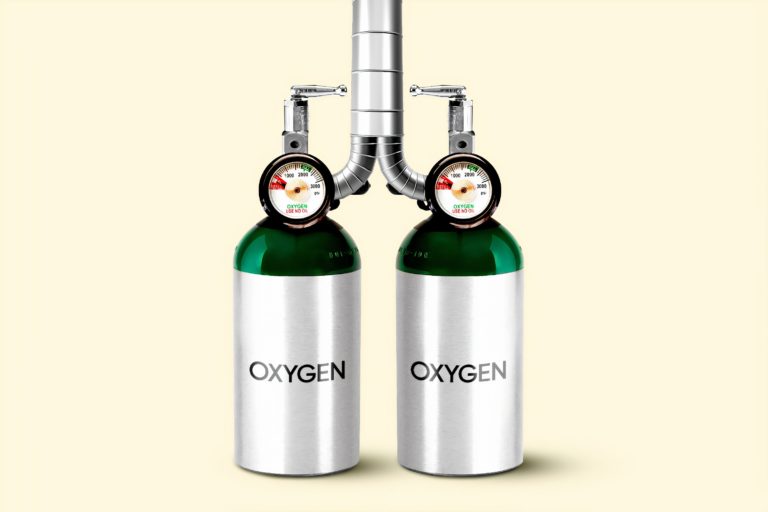
With much of the legacy technology on the market anything but accurate, realistically deployable and affordable, clearly the challenge for technology companies is to step up and find new ways for industry to meet these new standards.
At Trolex we’ve been working tirelessly on meeting these challenges for years.
And now we have.
It’s called the Trolex real-time dust monitoring range of fixed and wearable dust monitors.
You might also call it an overnight 40-year success story, as we’ve turned our vast experience in environmental monitoring in mining and tunnelling, to designing, manufacturing and distributing world leading dust and particulate monitoring technology.
The Trolex AIR XD Dust Monitor and XD ONE Portable Dust Monitor are both designed to detect even the finest of particulates.
Fixed and wearable, real-time analysis of your working environment from the Trolex dust monitoring range giving you a crystal clear understanding of the real particulate threat you face.
Simple to deploy, easy to maintain and super accurate they deliver a practical and affordable way of protecting your workers AND remaining within the law.
Now, whatever the new legislation and however strictly it’s applied, you can be absolutely sure that you have the technology in place to meet all legal and regulatory responsibilities as well as lead a healthy, happy, motivated workforce.
Don’t take chances. Contact us now to find out more about how our AIR XD and XD ONE real-time dust monitoring products – accurate, simple to use, easy to maintain, real-time particulate detection technology can protect your workers in your hazardous environments.
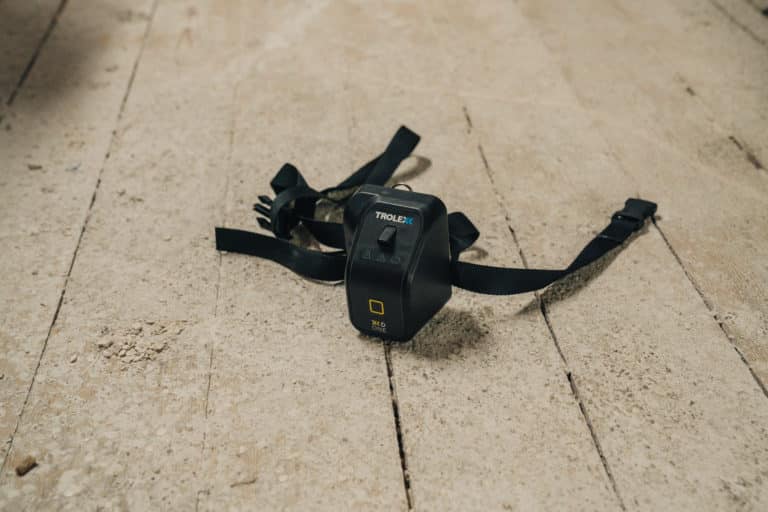
A sign of things to come.
Despite the protests of Johnson and Johnson, who played the indignation card at a “fundamentally flawed trial, grounded in a faulty presentation of the facts.”
The verdict is “[at] odds with decades of independent scientific evaluations confirming Johnson’s Baby Powder is safe, does not contain asbestos and does not cause cancer,” they quibble.
$2.12 billion in damages tells another story.
That’s what a Missouri court ordered Johnson and Johnson pay to women suffering ovarian cancer caused by asbestos in its baby powder and other talc products. Litigation that looks like just the beginning.
Not just for Johnson and Johnson, who now face‘21,800 lawsuits claiming that its talc products cause cancer because of contamination from asbestos, a known carcinogen,’ but also for the many employers the world over who fail to properly protect their workers from preventable disease.
Sarah Jardine, HSE’s chief inspector of construction says: “Around 100 times as many workers die from diseases caused or made worse by their work than are actually killed in construction accidents.”
In the UK alone, 14,000 people a year die prematurely from largely preventable disease caused by the inhalation of respirable dust in the workplace.
Preventable because there’s no excuse for remaining ignorant of the potentially fatal consequences of exposure to dangerous microscopic airborne dust particles.
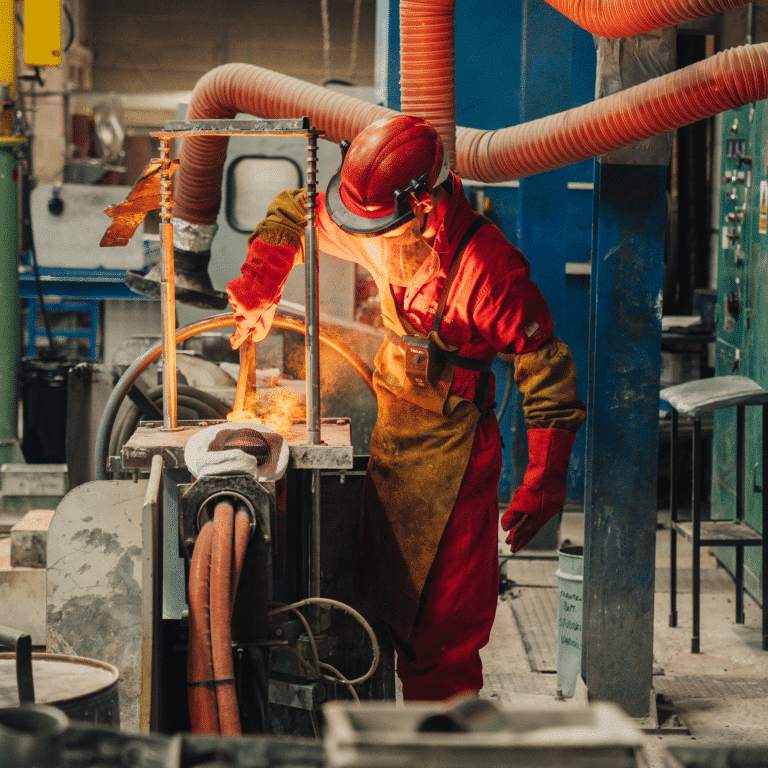
While lack of awareness has certainly been a problem in the past, now, with plenty of readily available research, public health messaging and examples of high-profile litigation, there’s simply no reason for companies to ignore their responsibilities,
Especially following new advances in dust measurement technology.
So not only is ignorance (still) an illegitimate excuse, with new real-time dust monitoring technology that provides you and your workers with real time and highly accurate dust readings in any working environment, so, too, is blaming a lack of suitable technology.
Put simply, if you’re serious about running a business you need to be serious about protecting people from the dangers of dust inhalation that surround them. Serious about both understanding those dangers and then putting the measures in place to mitigate them.
And as if the moral obligation wasn’t enough, the commercial implications are enormous, too; as Johnson and Johnson are discovering.
There’s more to worry about than the obvious bottom line legal costs and compensation. You need to consider the reputation costs in the form of lost business opportunities and even share price, insurance premium hikes, loss of production or reduced output, sickness cover and pay, and the lack of future legal and financial protections. All the many, undesirable and inevitable consequences of being exposed as negligent. The last thing any business needs or wants.
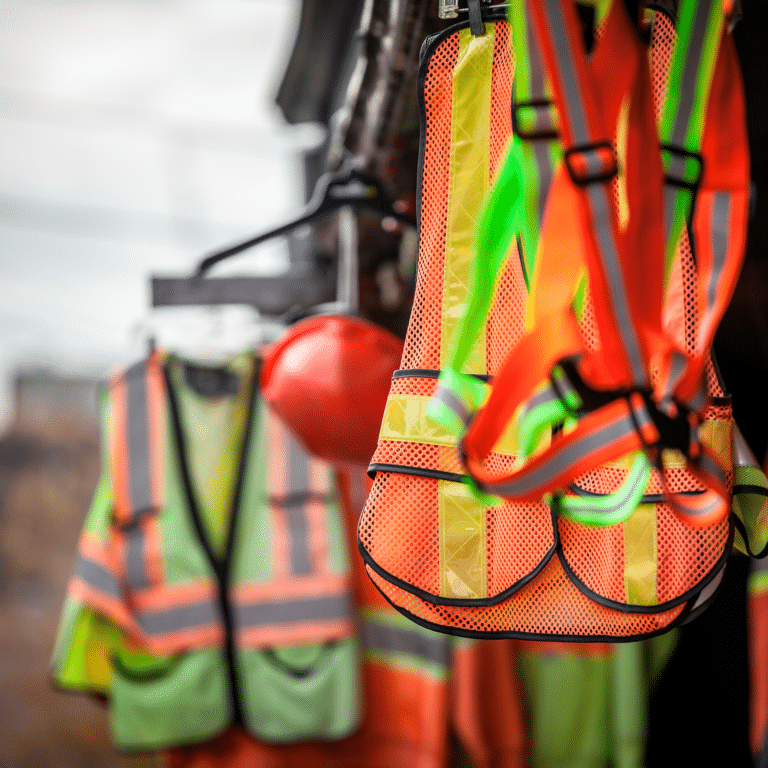
Are you still unclear about the extensive danger of dust? Or do you already realise the danger, want to do something about it but are unsure how real-time dust monitoring technology can help you?
Either way feel free to get in touch. We’ll tell you the many ways that we help businesses across all sorts of sectors, all over the world. Everything you need to know about protecting your workers from the threat of disease, and your business from the threat of litigation. And all its damaging implications.